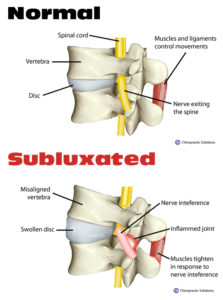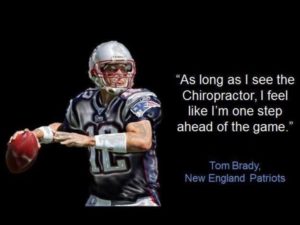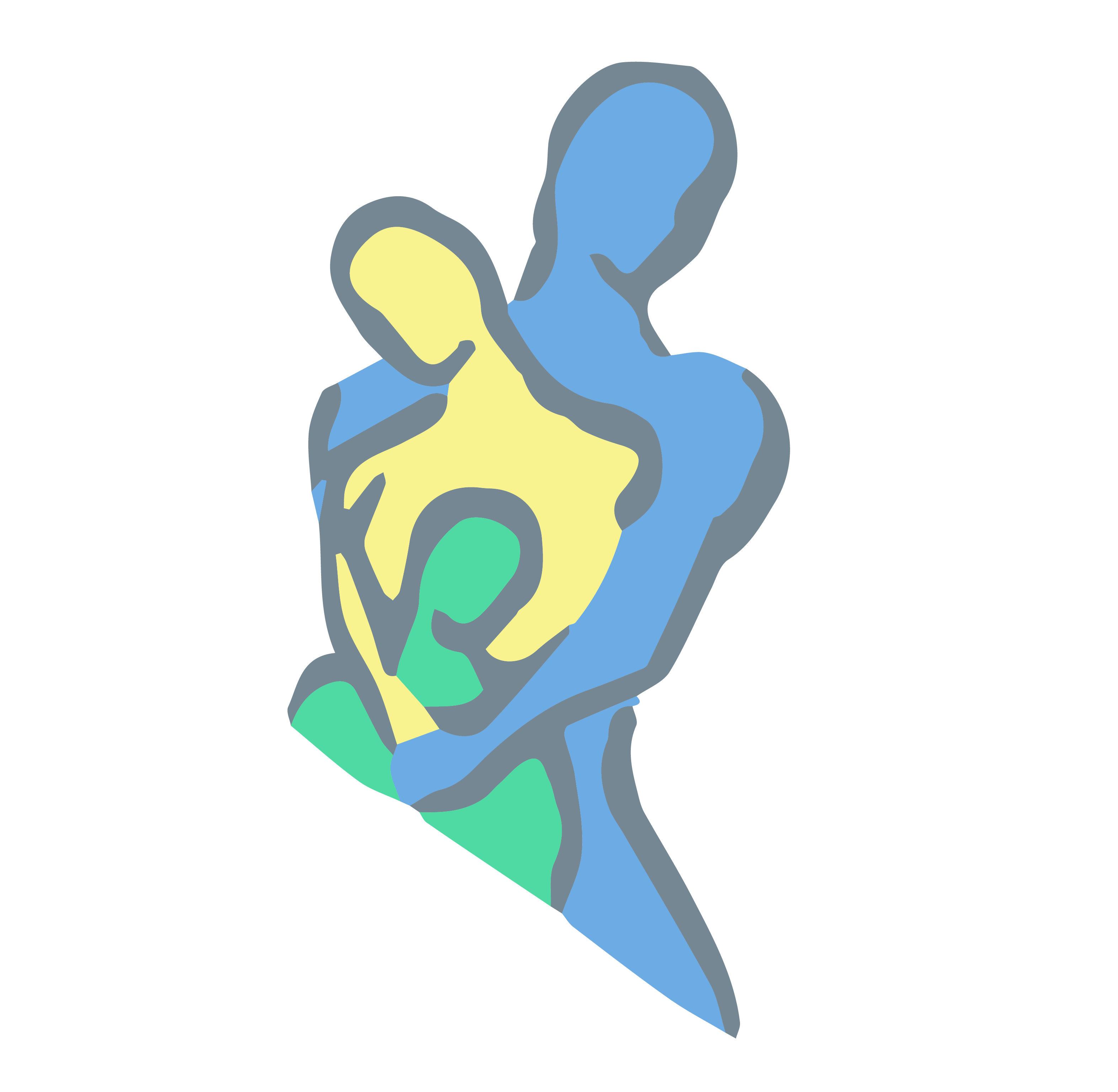
Sports Injuries
- High school athletes account for an estimated 2 million injuries and 500,000 doctor visits and 30,000 hospitalizations each year.
- More than 3.5 million kids under age 14 receive medical treatment for sports injuries each year.
- According to the CDC, more than half of all sports injuries in children ARE PREVENTABLE
Types of Injuries
There are, generally, two types of sports injuries: acute and overuse. Acute injuries tend to happen quickly: a sprained ankle from a slide into homeplate, a dislocated shoulder from a tackle or a broken wrist from a fall. Overuse injuries are harder to see, because they occur over time. They result from repetitive activity that causes small amounts of trauma over time. Examples of overuse injuries include tennis elbow, swimmer’s shoulder, Achilles tendinitis or stress fractures.
Causes of overuse injuries
There can be many causes of overuse injuries. Some include improper training, improper technique or simply not taking any time off the sport. Especially in children, we see participation in a single sport all year round. Using the same muscles over and over again in a developing body is dangerous and can lead to life-long injuries.

How can chiropractic help?
Keith Wassung addressed the benefits of chiropractic care in athletes in Issue 7 of Pathways to Family Wellness Magazine:
“The science of Chiropractic is founded on the premise that a proper nerve supply is essential to controlling and regulating the functioning of the human body.
The nervous system controls every activity in the body by sending and receiving nerve messages and is protected by the bones of the spine called vertebrae. When the spine is in its optimal structural position, the nerves are protected and optimal communication exists between the central nervous system and the rest of the body. The vertebra of the spine are susceptible to certain stresses and forces, which can cause them to lose their proper position.
These minor misalignments of the spine, which are known as “vertebral subluxations,” cause nerve interference and weaken the entire structure of the spine. Athletic training can often jar and misalign the spinal column, because the spine is at the center of the body. Impact to the legs, feet, head, shoulders and torso often radiates to the spine.
Doctors of Chiropractic detect and correct vertebral subluxations by physically adjusting the spine. This restores the spine and nervous system to a more optimal level of function, which maximizes the body’s performance and healing potential.
Anyone who engages in athletics can benefit from regular Chiropractic checkups to ensure that their spine is balanced and free from structural stress and subluxations. When the spinal column is brought into balance and alignment, the body’s nervous system and body biomechanics (movement and posture) are maximized.”
Chiropractic can help before, during and after injuries
Athletes have also discovered that Chiropractic care allows them to achieve an optimal level of performance when training and competing in their respective sporting event. A proper biomechanical structure allows athletes to achieve and maintain their optimal level of performance—safely and naturally. There is a growing body of research and case studies which clearly show the relationship between Chiropractic care and athletic performance.
A Canadian research team included Chiropractic care in the rehabilitation program of sixteen injured female long distance runners. Not only did these runners recover quickly, seven of them actually scored “personal best” performances while under Chiropractic care.10
The extent of Chiropractic’s “winning edge” was tested on fifty athletes who were divided into a control group and a group which added Chiropractic care to their usual training procedures. After six weeks, the group under Chiropractic care scored significantly better on standard tests of athletic ability. When tested on their reaction time, the control group demonstrated less than one percent improvement, while the Chiropractic group achieved reaction times more than eighteen percent faster than their initial scores.11
A landmark research effort from the New Zealand School of Chiropractic and the University of Auckland, has evaluated the effects Chiropractic adjustments may have on reaction times. Two groups were tested to study variations in reaction times: one group received spinal adjustments, while the other group, only receiving a short period of rest, acted as a control group for comparison.
There was a marked improvement for the group that received an adjustment over the group that got nothing but rest. The group that got only a rest period did show an average decrease in reaction time: 58 milliseconds, an 8% faster reaction time. The group that received the Chiropractic adjustment showed a decrease in reaction time of 97 milliseconds, representing a 14.8% faster reaction time.12
The implications for these findings are far reaching for any activity in the “game of life,” and the data can objectively support anecdotal evidence of enhanced athletic performance under Chiropractic care. The ability to react more quickly to any of the demands life can impose provides added performance enhancement benefits for athletes, who rely on optimum reaction reflexes to perform at their maximum competitive capacity. Field-based practice experiences indicate that Chiropractic care appears to both enhance an athlete’s ability to perform and to recover from injuries when they occur; this study provides objective evidence that a vital component of athletic performance—rapid reaction time—is markedly improved through the Chiropractic adjustment.

Children and Sports
It is estimated that 30 million children now participate in organized sports including soccer, football, swimming, gymnastics, hockey, skating and baseball. Correspondingly, as participation increases, injuries increase. Sports injuries to young people now exceed the occurrence of infectious disease.13
More than 700,000 children under the age of 15 are taken to the hospital emergency room for treatment of sports-related injuries. In fact, children between the ages 11-15 account for 55% of all sports-related injuries that require hospitalization.14
Sports and recreational activities account for 4.3 million or 36% of all injuries to children in the United States.15
American Family Physician
The increase in emergency-related injuries for children includes well-known injuries such as broken arms and twisted ankles—these injuries are certainly not new. What is new, however, are the types of children’s sports injuries seldom seen in past generations. They are overuse injuries caused by small, but repetitive injuries to the body’s tissues, joints and spinal columns resulting in chronic health conditions.
Chiropractic adjustments for children of all ages are of tremendous benefit for the treatment and prevention of injuries and to maximize performance potential.
Chiropractic’s focus on the spine and nervous system is also important for children, since it is their nervous system which controls their entire growth and development.
This fall as your child returns to school and participates in the many athletic opportunities offered, be sure to follow the example of the professionals and have his/her spine checked regularly, both after sporting events to minimize the effects of trauma, and before the competitions to enhance athletic performance.

About the Author:
Keith Wassung is a nationally known author and speaker in the field of health education and research. The author of over 60 articles on health education and research, Keith makes his home in Goose Creek, SC. He can be reached at: kwassung@yahoo.com
References:
10. Grimston, SK, Engsberg JR, Shaw L & Vetanze NW, (1990) “Muscular rehabilitation prescribed in coordination with prior chiropractic therapy as a treatment for sacroiliac subluxations in female distance runners” Chiropractic Sports Medicine p.2-8
11. Lauro, A. & Mouch B. (1991) “Chiropractic Effects of Athletic Ability” “The Journal of Chiropractic Research and Clinical Investigation” pp. 84-87
12. Kelly DD, Murphy BA, Backhouse DP, J Manipulative Physiologic Therapeutics 2000 May; 23(4):246-51. Use of a mental rotation reaction time to measure the effects of upper-cervical adjustments on reaction time.
13. Christensen, K. DC, (1997, May/June). Sports Related Back Injuries in Young Athletes.” The American Chiropractor
14. Zipperer, R. MD (1996, March) “Sports Sense” Consumers Research Magazine
15. Bijur, P.E. MD (1996, March) “Incidence of Sports Injuries in Children and Adolescents” American Family Physician, p. 1349


